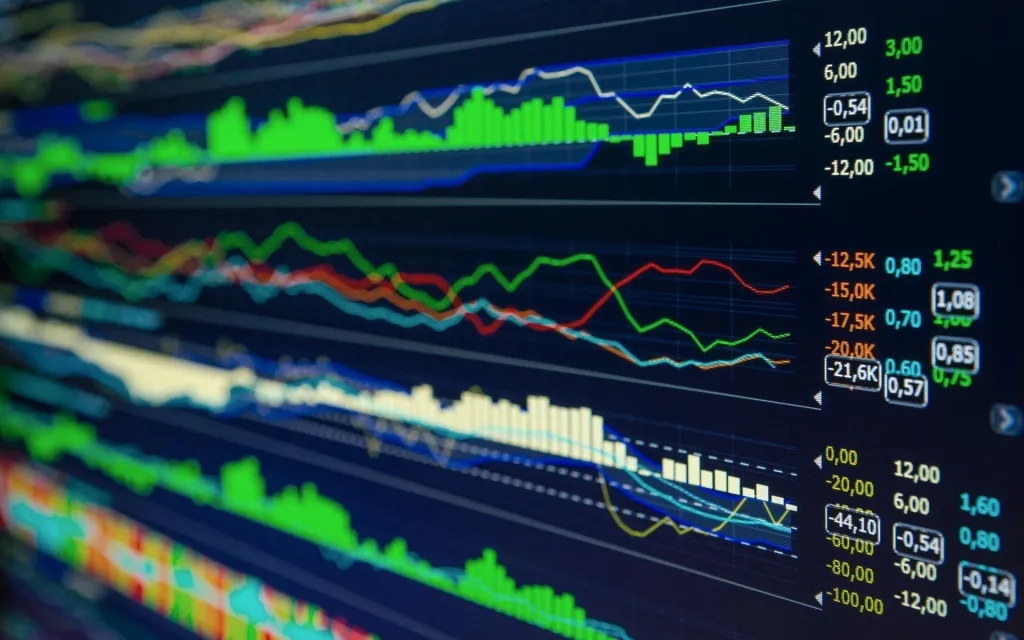Steel Dynamics: Navigating the Globalization Currents in the Steel Market
3 min read
How does the LME address concerns about market liquidity?
Globalization has emerged as a defining force in the modern steel industry, reshaping market dynamics, supply chains, and trade patterns. Understanding the multifaceted impacts of globalization on the steel market is essential for stakeholders navigating this dynamic landscape. In this comprehensive guide, we explore the implications of globalization on the steel industry, from market expansion to trade tensions and sustainability challenges.
- Market Expansion and Access to New Markets: One of the most significant impacts of globalization on the steel market is the expansion of market reach. Increased interconnectedness and trade liberalization have facilitated access to new markets for steel producers, driving demand growth and revenue opportunities. Emerging economies with rapid industrialization and urbanization, such as China, India, and Brazil, have become key growth markets for steel consumption, offering significant potential for market expansion and investment.
- Supply Chain Integration and Efficiency: Globalization has spurred the integration of steel supply chains on a global scale, enabling greater efficiency and cost optimization. Steel manufacturers leverage global sourcing of raw materials, intermediate products, and components to capitalize on comparative advantages and reduce production costs. Just-in-time manufacturing practices, enabled by efficient logistics and transportation networks, further enhance supply chain efficiency, enabling timely delivery of steel products to customers worldwide.
- Trade Dynamics and Tariff Impacts: The steel industry is highly sensitive to trade dynamics and tariff policies, which can significantly influence market competitiveness and profitability. Globalization has led to increased trade flows of steel products across borders, intensifying competition among domestic and international producers. Trade disputes, tariff barriers, and anti-dumping measures imposed by governments can disrupt supply chains, create market volatility, and impact steel prices, posing challenges for industry stakeholders.
- Technological Transfer and Innovation Exchange: Globalization facilitates the transfer of technology and knowledge exchange within the steel industry, driving innovation and technological advancements. International collaborations, joint ventures, and research partnerships enable steel manufacturers to leverage best practices, adopt state-of-the-art technologies, and enhance production capabilities. Cross-border investments in research and development (R&D) contribute to the development of advanced materials, process optimization, and sustainable manufacturing practices, fostering industry innovation and competitiveness.
- Environmental and Sustainability Challenges: Globalization has brought increased attention to environmental and sustainability issues in the steel industry. Growing awareness of climate change, resource depletion, and pollution has prompted stakeholders to prioritize sustainable development and adopt environmentally responsible practices. Global supply chains require compliance with diverse regulatory frameworks and sustainability standards, driving investments in cleaner technologies, energy efficiency, and carbon emissions reduction initiatives.
- Geopolitical Risks and Economic Uncertainty: The interconnected nature of the global steel market exposes industry stakeholders to geopolitical risks and economic uncertainties. Political instability, geopolitical tensions, and macroeconomic fluctuations can disrupt supply chains, affect demand dynamics, and create market volatility. Steel producers must navigate geopolitical risks, currency fluctuations, and trade policy uncertainties to maintain resilience and competitiveness in an increasingly complex global environment.
In conclusion, globalization has profoundly impacted the steel market, shaping market expansion, supply chain integration, trade dynamics, innovation exchange, and sustainability practices. While globalization presents opportunities for growth and efficiency gains, it also poses challenges related to trade tensions, regulatory compliance, and geopolitical risks. By understanding and adapting to the dynamics of globalization, steel industry stakeholders can capitalize on opportunities, mitigate risks, and foster sustainable growth in an evolving global market landscape.



